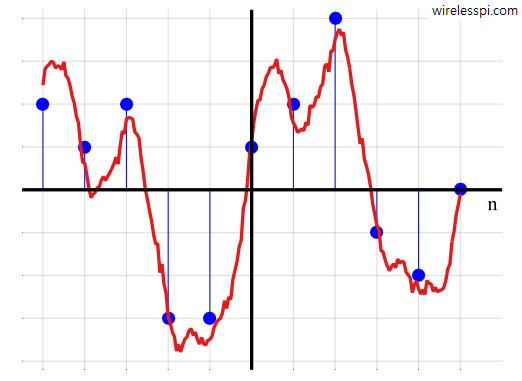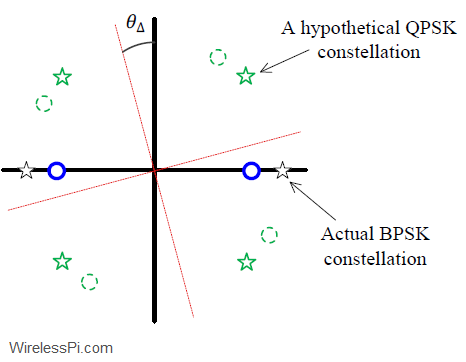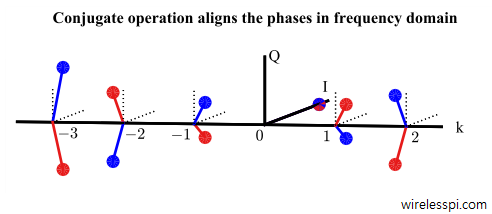We have talked about obtaining a discrete-time signal through sampling the time-axis and obtaining a discrete frequency set through sampling the frequency axis. The same concept can be applied to the amplitude-axis, where the signal amplitude can be sampled to take only a finite set of discrete values. This discrete-time discrete-valued signal is called a digital signal, as opposed to an analog signal that is continuous in time and continuous in amplitude. The above figure shows how a digital signal having amplitudes over a fixed set of values can be obtained through slicing the underlying continuous amplitudes. For example, an
Continue reading



